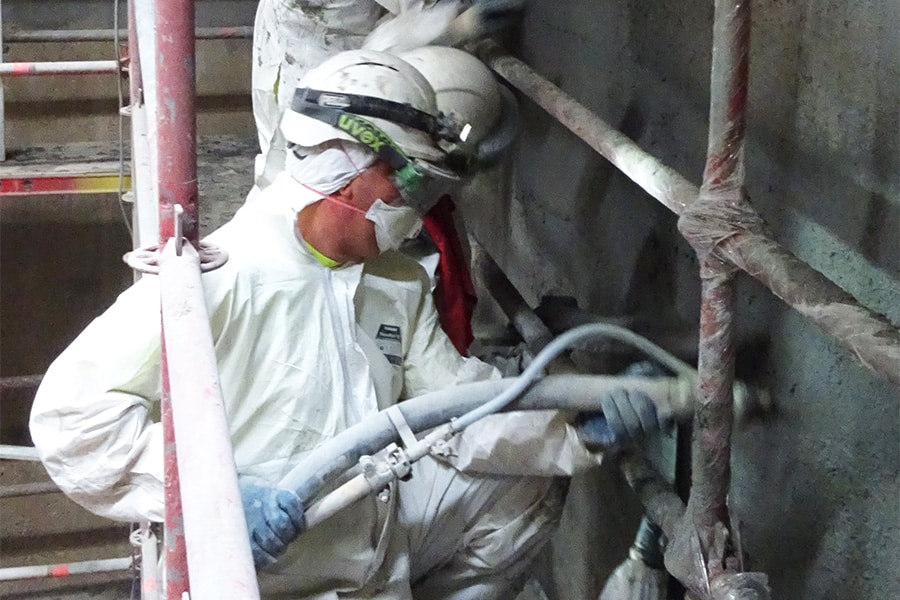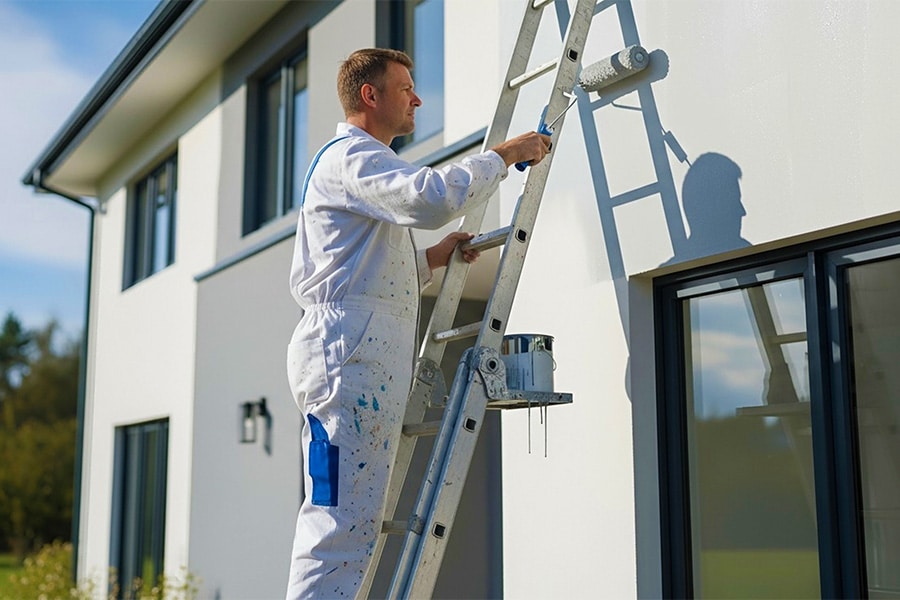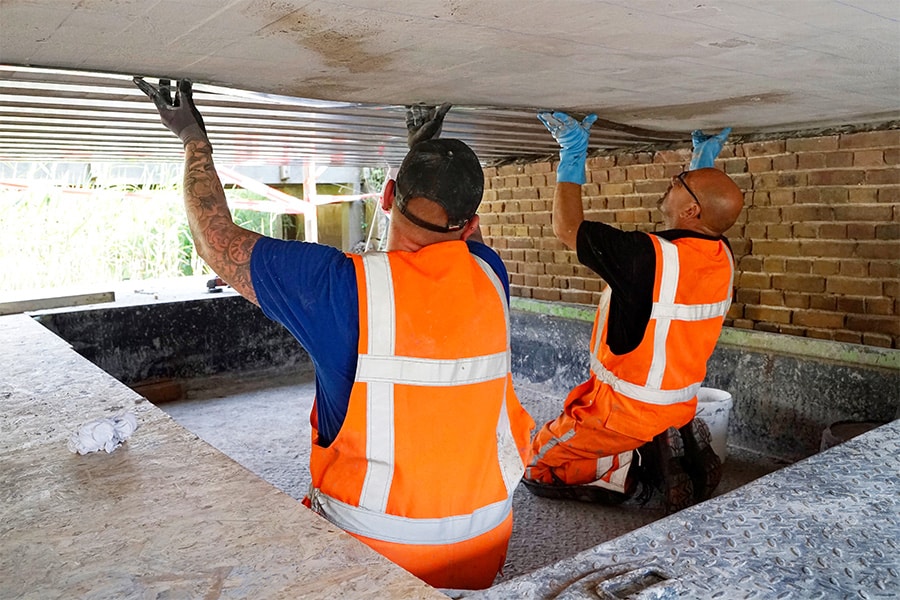
Personal concrete expert
Concrete is a strong material that lends itself extremely well as a building material. Nevertheless, concrete can also be damaged. Concrete expert Marcel Schuermans of BetonX provides damage diagnostics and repairs of concrete structures in Belgium, the Netherlands and Germany. The personal concrete expert talks about the common causes of damage and how he proceeds.
 The main causes of concrete damage are either poor quality of the concrete used or insufficient concrete coverage on the reinforcement.
The main causes of concrete damage are either poor quality of the concrete used or insufficient concrete coverage on the reinforcement.
Schuermans has more than twenty years of experience in the world of concrete repairs, having worked for more than seventeen years at the European market leader in reinforced and prestressed floor elements. He himself has a university education as a concrete technologist, as well as a university degree in damage diagnosis and repairs of concrete structures. Since 2014 he has been making his expertise available to the market as a personal concrete expert with his company BetonX.

Corrosion
According to Schuermans, the main causes of damage to concrete are either poor quality of the concrete used or insufficient concrete coverage on the reinforcement. "Due to weather or hygrothermal influences, moisture will penetrate the concrete and affect the reinforcement. As the reinforcement starts to corrode, the concrete 'splits apart' and the structure loses its strength with all its consequences. Such a damage pattern is typical of apartment buildings and houses built in the 1950s, 1960s and 1970s," the concrete expert knows. "Especially in the past two years, many problems came to light in these buildings during the numerous renovation works, such as deterioration of concrete beams, terraces and balconies."

Cold galva gasket
BetonX always works very precisely, examines the damage on site and looks for an appropriate solution. Schuermans: "It is important to first form a good picture of the cause of the damage. Based on the diagnosis, we draw up a repair plan in which we prescribe the repair method as well as the calibrated products. That is one side of the story. If desired, we can also take care of the execution. Then we don't charge for the diagnosis." Schuermans gives an example of how a repair works at BetonX. "In case of corrosion on the reinforcement, we remove all the concrete around the reinforcement so that it becomes fully visible. If the reinforcement is not too degraded structurally, it is cleaned and treated with a cold galva gasket. The 'crater' is then filled with a fiber reinforced repair mortar and neatly finished afterwards."

According to Schuermans, the repair is done very precisely and is barely noticeable after curing. "If necessary, we can subsequently impregnate, hydrophobicate or finish the repaired surface with an appropriate concrete paint whether or not it is color-matched." In addition to repairing concrete, BetonX can also be called in for chemical deterioration of structures and for fire or frost damage to structures where stability is compromised.
Text | Roel van Gils Image | ConcreteX




